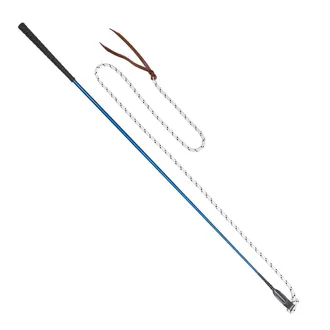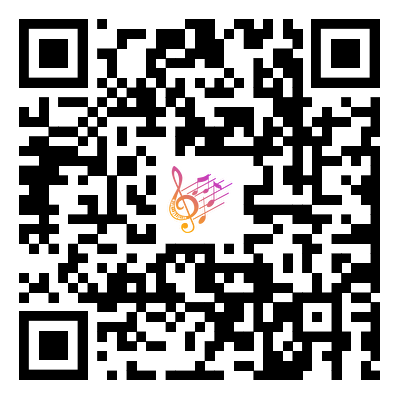Details about these training tools
2024-01-19
Training sticks and whips are tools commonly used in horse training to provide cues, encouragement, and reinforcement of commands. These tools can be helpful in ground training, lunging, and establishing communication between the handler and the horse. It's essential to use training sticks and whips responsibly and with the welfare of the horse in mind. Here are some details about these training tools:
1. Training Stick:
- Purpose: A training stick, also known as a groundwork stick or a flagstick, is a lightweight, usually flexible stick with a flag or a length of cloth attached to one end.
- Cues and Direction: The flag at the end of the stick is used to cue the horse and guide its movement. It helps the handler communicate commands and reinforce obedience.
- Desensitization: Training sticks are also commonly used for desensitization exercises, introducing the horse to various stimuli to reduce spookiness and build confidence.
2. Whip:
- Purpose: A whip is a longer tool, often with a flexible shaft and a lash at one end. It is used for more specific cues and to provide impulsion or encouragement.
- Cues and Commands: The whip can be used to signal specific movements or to encourage the horse to move forward. It should be used judiciously and with a clear understanding of the horse's response.
3. Lunging Whip:
- Purpose: A lunging whip is a specialized whip designed for use during lunging exercises. It is typically longer than a regular whip and is used to guide the horse in a circular pattern during lunging.
- Length: Lunging whips can range in length, but they are generally longer than riding crops or training sticks.
4. Dressage Whip:
- Purpose: A dressage whip is a type of whip specifically used in dressage training. It is longer and more flexible than a standard riding crop and is used for subtle aids and cues during riding.
5. Respectful Use:
- Guidance, Not Punishment: Training sticks and whips should be used as tools for guidance and communication, not as instruments of punishment. Their use should be respectful and within the principles of ethical horse training.
- Light Pressure: Handlers should apply light and clear pressure to convey cues. Excessive force can lead to confusion and fear in the horse.
6. Training Techniques:
- Desensitization: Training sticks are often used for desensitization exercises to familiarize the horse with different sensations and objects.
- Directional Cues: Both training sticks and whips can be used to provide directional cues during ground training and lunging.
7. Education and Skill:
- Handler Skill: Effective use of training sticks and whips requires education and skill on the part of the handler. Proper training techniques and cues should be learned and applied.
It's crucial for handlers and trainers to prioritize positive reinforcement and clear communication with the horse. The goal is to build trust and understanding rather than inducing fear or confusion. Handlers should be knowledgeable about horse behavior and training principles when incorporating training sticks and whips into their training routines.



